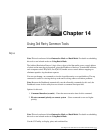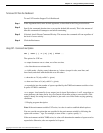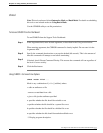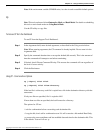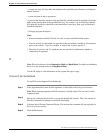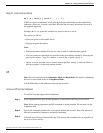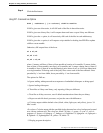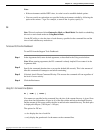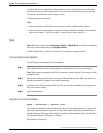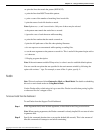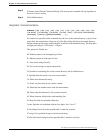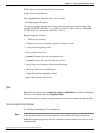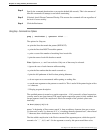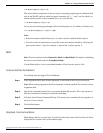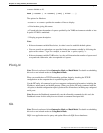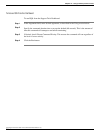
-M: show file names in their OS-provided mixed-case forms, rather than lower-casing them.
Note however that most file systems don't allow files with names differing only by case, and
will ignore case differences when looking for a file.
-?: Display program description.
Note:
• If the environment variable DU exists, its value is used to establish default options.
• You can override an option that was specified in the environment variable by following the
option with a minus '-' sign. For example, to turn off the -a option, specify -a-.
fgrep
Note: This tool can be used in both Interactive Mode and Batch Mode. For details on scheduling
this tool to run in batch mode see Using Batch Mode.
Use the FGrep utility to perform a fast search for text patterns through text files.
To Access FGrep from the Dashboard
To run FGrep from the Support Tools Dashboard:
Step 1
In the Arguments field, enter desired arguments, as described in the Using section below.
Note: When entering arguments, the FGrep command is already implied. Do not enter it in the
Arguments field.
Step 2
Specify the command duration time or accept the default (60 seconds). This is the amount of
time the command will attempt to run before terminating.
Step 3
If desired, check Elevate Command Priority. This ensures the command will run regardless of
the level of server activity.
Step 4
Click the Run button.
Using FGrep - Command Line Options
fgrep [ -mvclxinfse? ] <pattern> file1 ...
If no names are specified on the command line, the size of the current directory is given. Sizes
given show the total number of bytes in all of the files within and below the named directory
and the amount of disk space used by the files in and below the named directory. The disk space
is displayed in Kbytes ( 1024 bytes = 1 Kbyte )
The options for FGrep are:
Cisco Support Tools User Guide for Cisco Unified Software Release 2.1(1)
207
Chapter 14: Using 3rd Party Common Tools
fgrep



